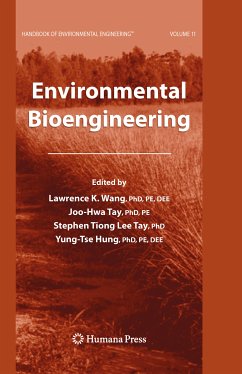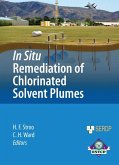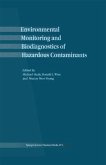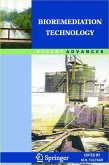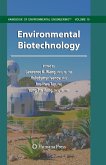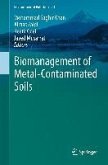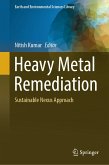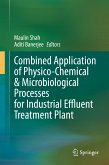The impact of pollution on the environment has emerged as a particularly critical area of research in recent years. The
Handbook of Environmental Engineering is a collection of methodologies that study the effects of pollution and waste in their three basic forms: gas, solid, and liquid. In this invaluable volume,
Volume 11: Environmental Bioengineering, expert researchers explore the engineering applications of biotechnologies.A sister volume to
Volume 10, Environmental Biotechnology, this work introduces such essential and varied topics as land disposal of biosolids, heavy metal removal by crops, pre-treatment and bio-treatment of sludge, fermentation of kitchen garbage, phyotoremediation for heavy metal contaminated soils, bioremediation, wetland treatment, biosorption of heavy metals, and rotating biological contactors (RBC) for carbon and nitrogen removal. A critical volume in the
Handbook of Environmental Engineering series, chapters employ methods of practical design and calculation illustrated by numerical examples, include pertinent cost data whenever possible, and explore in great detail the fundamental principles of the field.
Comprehensive and groundbreaking,
Volume 11: Environmental Bioengineering presents innovative solutions to some of the most recent and significant pollution problems that the world is facing today.
Dieser Download kann aus rechtlichen Gründen nur mit Rechnungsadresse in A, B, BG, CY, CZ, D, DK, EW, E, FIN, F, GR, HR, H, IRL, I, LT, L, LR, M, NL, PL, P, R, S, SLO, SK ausgeliefert werden.

